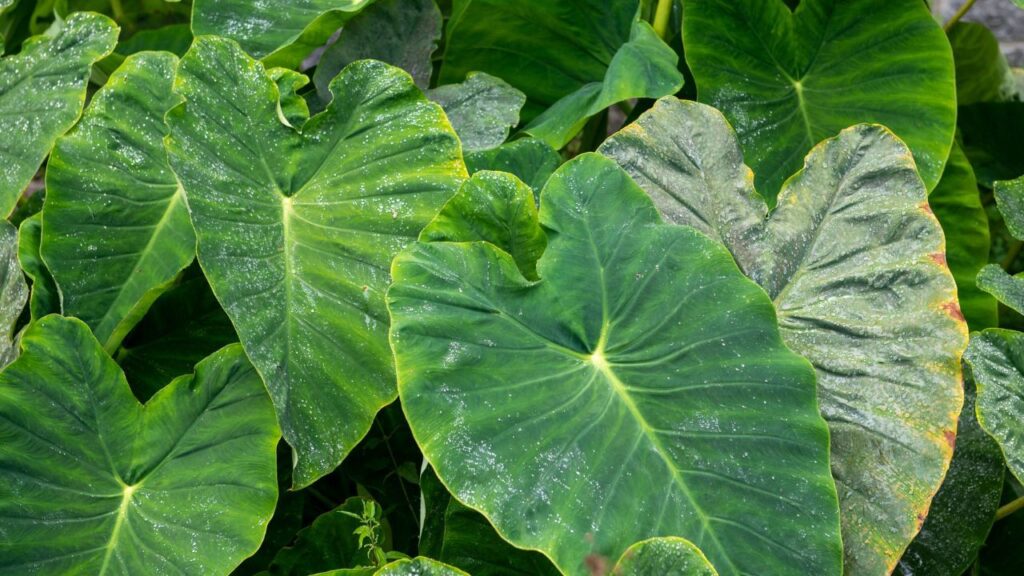Arbi, known for its delicious taste, is a favorite among many people. While the root itself is widely consumed, its leaves, often overlooked, offer incredible health benefits and are delicious in their own right. Known as colocasia leaves, these greens can be prepared in various ways, including making crispy fritters or adding them to hearty dishes. The various names given to arbi leaves across different regions hint at their popularity and versatility in cuisine.
Health Benefits of Arbi Leaves
Arbi leaves are rich in essential nutrients that contribute significantly to overall health. They are a great source of Vitamin C and Vitamin A, which boost immunity and promote eye health, respectively. Additionally, these leaves are packed with minerals like potassium, folate, calcium, iron, magnesium, and phosphorus. The antioxidant properties present in arbi leaves are beneficial for combating oxidative stress in the body.
Low in Calories, High in Nutrition
One of the most appealing aspects of arbi leaves is their low carbohydrate and fat content. They are also an excellent source of dietary fiber. With a remarkable water content of about 92.4%, arbi leaves can assist in weight management by helping you feel full while keeping calorie intake low. However, it’s crucial to use the right type of oil and spices when cooking them to ensure they remain healthy.
Recipe: Arbi Leaves Saag
Many people enjoy preparing arbi leaves saag, and it’s surprisingly simple to make. Here’s how you can prepare this delightful dish:
Ingredients
- Fresh arbi leaves
- Water (for boiling)
- Ghee or butter (for cooking)
- Asafetida (hing)
- Green chilies (as per taste)
- Ginger (chopped)
- Garlic (minced)
- Red chili powder (to taste)
- Salt (to taste)
Instructions
- Start by thoroughly washing the arbi leaves and cut them into large pieces.
- In a pressure cooker, add water and the chopped leaves, then cook until you hear 3 to 4 whistles. Once done, let it cool.
- Blend the cooked leaves in a mixer, but ensure it is not too fine; a coarse texture is preferable for saag.
- In a pan, heat ghee or butter and add asafetida, chopped green chilies, ginger, and garlic, sautéing until golden brown.
- Add the arbi leaves paste to the pan and mix thoroughly. Season with red chili powder and salt.
- Let it simmer for 20 to 25 minutes, stirring occasionally to prevent sticking.
Important Considerations
While arbi leaves are nutritious, it’s vital to consume them cooked rather than raw. Eating raw arbi leaves can lead to adverse effects due to the high oxalate content. Oxalates, found naturally in many plants, can be harmful, especially to those with kidney issues. Boiling the leaves until soft is essential to eliminate these toxic substances, making them safe to eat and digest.
Conclusion
Incorporating arbi leaves into your diet is an excellent way to boost your intake of vitamins and minerals while enjoying a delicious meal. Whether you prefer them in saag, fritters, or other dishes, these leaves can add nutritional value and variety to your meals. So the next time you prepare arbi, don’t forget to include its leaves for a wholesome experience!
